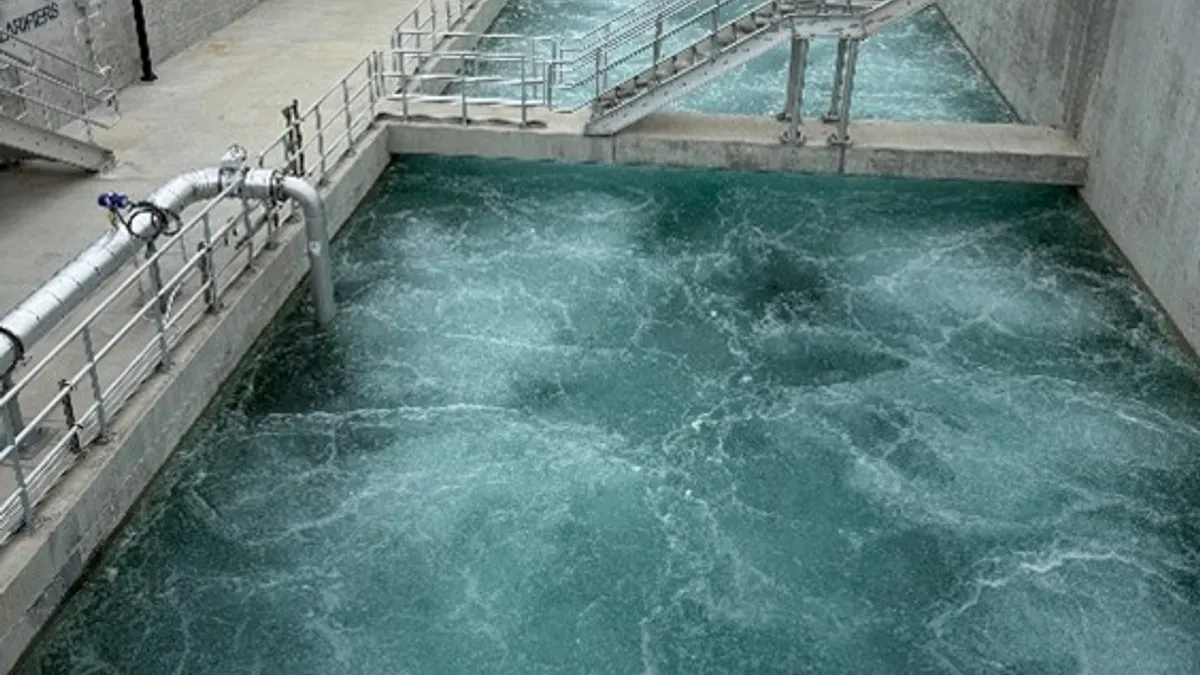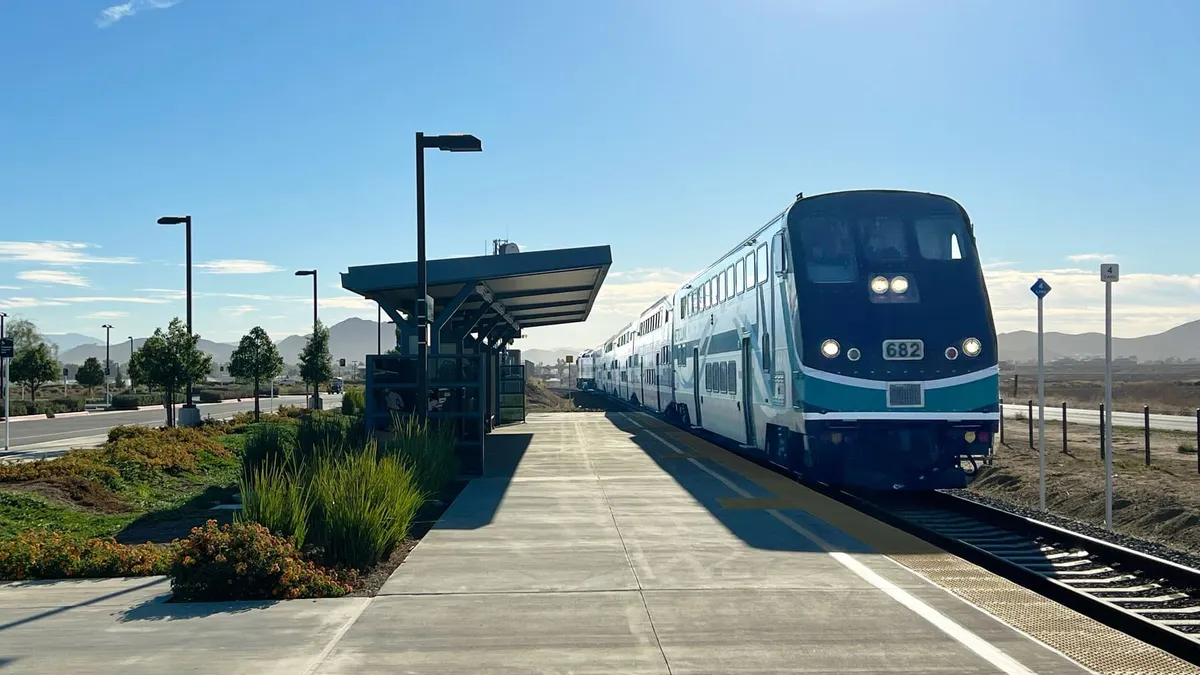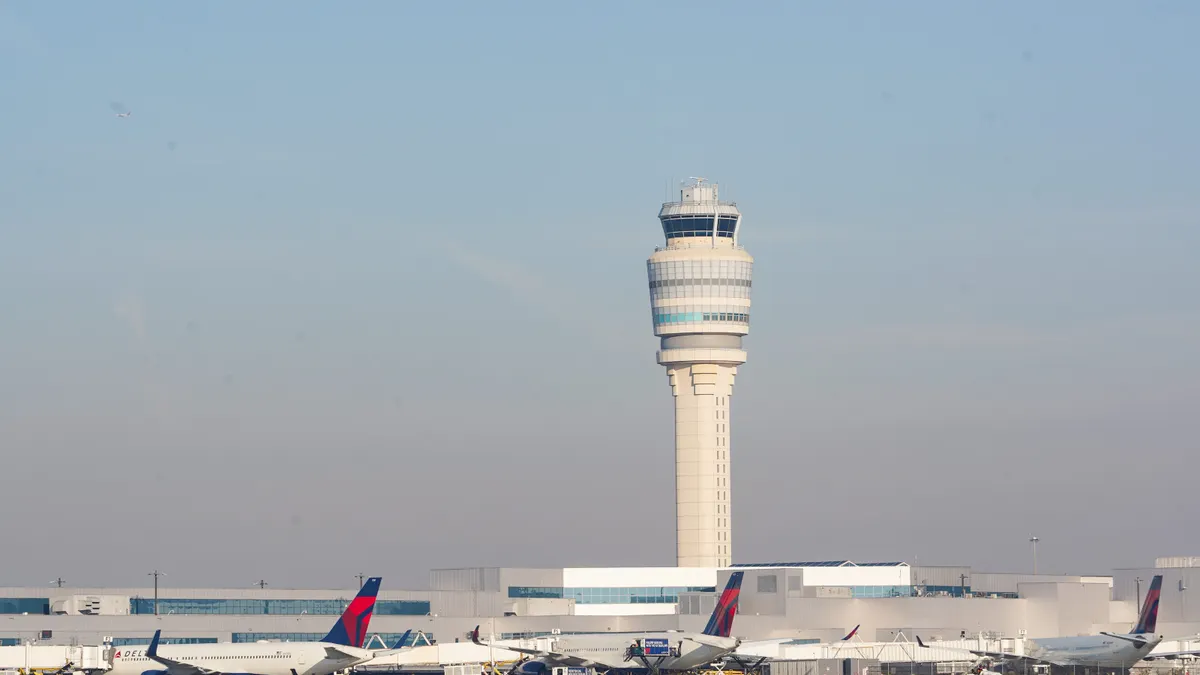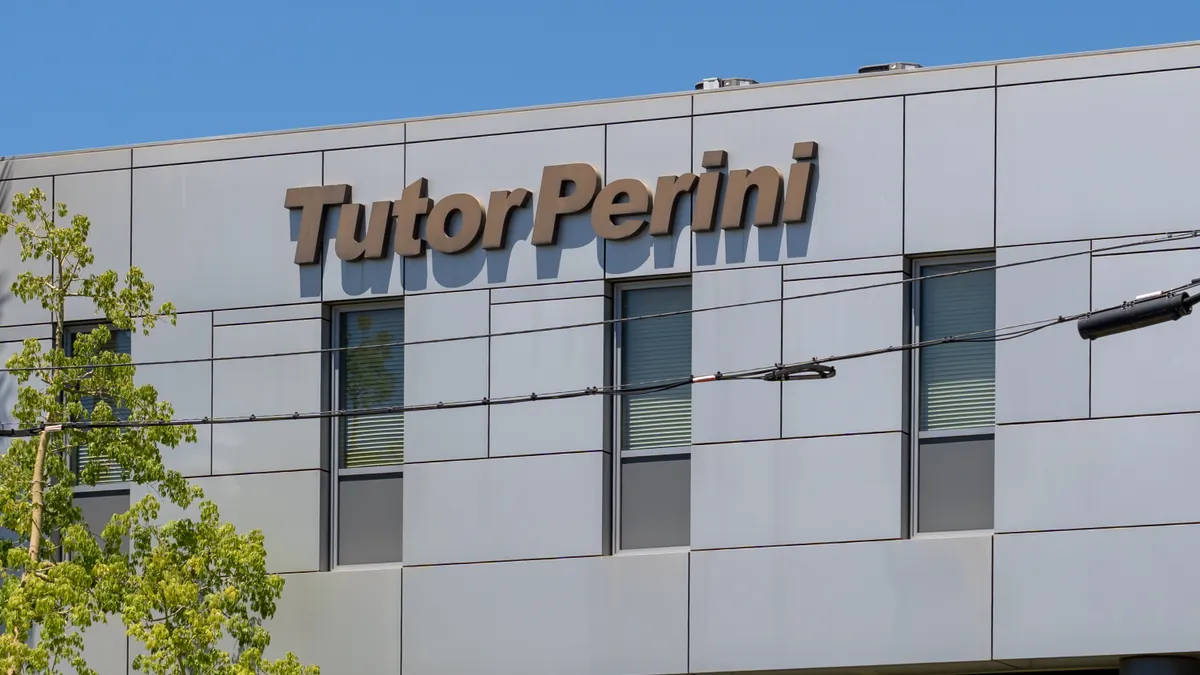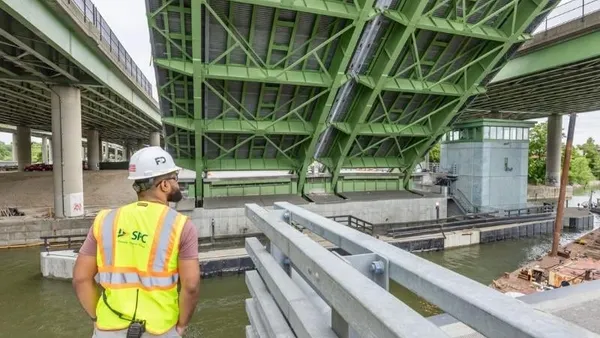There's little question that the country's infrastructure needs more investment, and its bridges are no exception. But successfully implementing the necessary monitoring, repairs and other upgrades requires more than money.
The strategic application of new materials, effective construction techniques and comprehensive data capture are just a few of the tactics engineers today are using to increase bridges' lifespans.
"The investment in infrastructure has to be significant, but it's not a four-year investment, it's a generational investment because, for a generation, we haven't paid too much attention to it," said Andrew Whittaker, director at the Multidisciplinary Center for Earthquake Engineering Research (MCEER) at the University at Buffalo, in New York. "[That investment] will take advantage of research that is underway now, that has just finished or is just getting started."
Building more robust bridges
Durability is as much a cost issue as it is a safety concern, perhaps even more of one. "I don't think there's an outcry that bridges in this country aren't safe, at least by people who understand how bridges work and what should be expected of them," said Frank Moon, a professor of civil and environmental engineering at Rutgers University. "So we've been trying to figure out how to preserve [existing] bridges and how to build better new bridges to reduce lifecycle cost and extend their life."
Existing bridges pose the biggest challenge where durability is concerned. There are more than 600,000 bridges in the U.S., of which four in 10 are over the age of 50, according to the American Society of Civil Engineers' latest infrastructure report card. Many older bridges feature expansion joints to help manage factors like vibration and temperature changes, which makes bridge decks vulnerable to thermal expansion and contraction and thus put them in need of more frequent repairs.
New bridges aim to work around the issues posed by joints, either by omitting them altogether or by covering them up, in both cases to protect the reinforced concrete deck components they connect.
Minimizing corrosion has long been a focus of engineers bent on building better bridges. In addition to jointless bridges, the effort to slow corrosion has prompted greater use of corrosion-resistant rebar, as well as growing application of ultra-high performance concrete (UHPC). That concrete, which offers lower levels of permeability than typical concrete, protects rebar from moisture that triggers deterioration, leading to longer lifespans.
Improving construction processes
Accelerated bridge construction (ABC) has gained traction in recent decades for its use of offsite methods to speed up the time required to assemble a bridge on-site. The result is typically shorter road-work periods and fewer closures. The method also keeps workers safer by reducing the need for them to be on the roads alongside cars.
Time savings, however, is ABC's most frequently cited contribution to construction projects. And while it has been used on high profile projects, like in the repairs to a portion of Interstate 85 in Atlanta that was destroyed by a fire earlier this year, experts say the method is not likely to become commonplace without a little help from policymakers and project owners.
"The investment in infrastructure has to be significant, but it's not a four-year investment, it's a generational investment because for a generation we haven't paid too much attention to it."

Andrew Whittaker
MCEER director, University at Buffalo
Atorod Azizinamini, a professor of civil and environmental engineering at Florida International University (FIU) and the director of the ABC group at FIU's University Transportation Center, says one way this could happen is through time limits on project durations. "[Then] … we cannot close the roads for so long to build a bridge," he said.
ABC is not exempt from ongoing durability concerns, however. "We find that it's very difficult to get durable connections with ABC," said Adam Matteo, an assistant structure and bridge engineer for the Virginia Department of Transportation. "They're strong enough but they don't tend to hold up, so we're trying to work through that."
Sharpening research and development
Project teams looking to understand bridge performance have plenty of resources to turn to. One is data kept by the federal government covering bridge performance over the course of the last few decades. Another is the monitoring of new and existing bridges in real-time. One challenge with the former is that a bridge constructed three decades ago tends to differ from bridges built today. Looking at bridges built today poses its own set of concerns, namely that they often must exist in real-world conditions for a decade or more before conclusions can be drawn from their performance.
Bring in the BEAST.
The BEAST, which stands for Bridge Evaluation and Accelerated Structural Testing, is a project of the Rutgers Center for Advanced Infrastructure and Transportation (CAIT). The BEAST is used to accelerate the aging of construction materials and assemblies in full-scale applications to determine how they'll perform over time in real-world conditions. "We can pit those [test results] against each other and … say [one system is] going to give you a longer life than these other systems," said Moon, who is the technical director for the project.
The BEAST, which was commissioned earlier this year, doesn't have a specimen to test yet, though Moon says the team is preparing a pooled fund study with multiple state transportation departments and the Federal Highway Administration, something they hope to have set up by spring.
When it is ready, the BEAST could explore steel coatings and metalizing systems, sealants and overlay systems for concrete decks, ABC, and UHPC for joining precast components, according to Moon. CAIT will work with the private sector to test products and assemblies in the BEAST, although the group doesn't plan to endorse specific systems or technology.
In Minnesota, engineers are looking at the performance of an existing structure, the I-35W St. Anthony Falls Bridge replacement bridge. The structure was completed in September 2008, a little more than a year after the deadly collapse of its predecessor. Part of the new span’s purpose — in addition to being a Mississippi River crossing within the Twin Cities area — is to act as a "living, breathing" research and development tool to improve bridge construction and performance going forward, said Lauren Linderman, an assistant professor in the University of Minnesota’s College of Science and Engineering, who focuses on cyber-physical engineering systems.
The post-tensioned concrete box-girder bridge is fitted with more than 500 sensors tracking temperature, strain, bearing movement and corrosion, among other behavior. For now, however, the project is an exception to the norm. "Monitoring from birth is kind of a hard sell [to owners]," Linderman said. "It's hard to quantify the return on investment, because how do you say, 'We got the bridge to last us much longer than it would have lasted'? It's kind of a hard thing to prove."
Projects like I-35W stand to make an impact by showing how bridge owners can make use of the large volume of data collected on a continuously monitored structure. Researchers on I-35W are exploring that potential by looking at how environmental conditions impact performance to determine what kind of behavior is normal.
For example, removing the temperature variable — which can experience significant swings in Minnesota — lets the team look at performance independent of bridge behavior over time. "If my response to that behavior starts to change, that would give me an indication that something has changed in the structure," she said. "So rather than trying to remove it, you could leverage it."
Looking ahead
Engineers and policymakers continue to debate the efficacy of the goal of a 100-year design life for bridges.
Achieving such a lifecycle will be challenging, and it will require rethinking the materials and engineering practices used today, many of which have been in place for decades. It will also require people who are willing to help accelerate the speed at which codes are updated so as to incorporate new research conclusions faster. That’s bound to face pushback from industry groups that prefer a longer code cycle in order to keep up with changes on the job site.
The need to accommodate heavier truck loads, to incorporate new technology like robotics for monitoring and inspections, and even to tailor emerging material categories like UHPC and processes like ABC to different seismic zones, particularly on the West Coast, are set to add to those challenges.
"There's always an inertia associated with change, but we have the people, the intellectual horsepower and the physical infrastructure to do the work," Whittaker said. "Now's the time to invest and invest appropriately in different aspects of bridge engineering."











